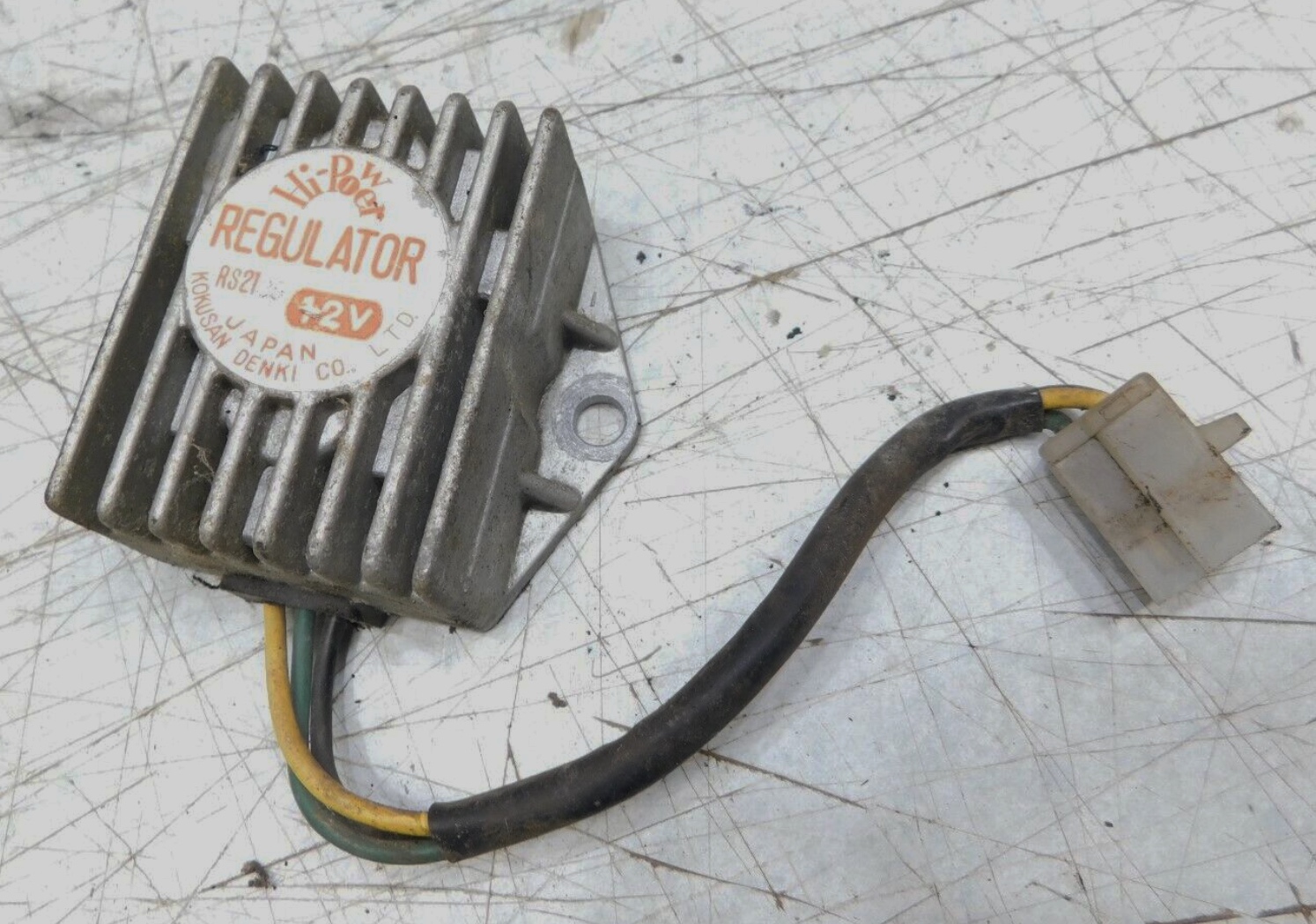  ® ®
|
The GL1000 charging system |
|
Such is the case with the GL1000's battery charging system. It's noteworthy that although Honda's automotive division spearheaded the GL1000's development--and particularly that of its engine--the bike's charging system bears the imprint not of the car guys but of the bike side of the company. Automotive-like three phases notwithstanding, the charging system's permanent magnets and shunting regulator go back to the 1960s for Honda. That this luxo-tourer sported the same archaic and simplistic current-chopping SCR-based charge control as the 175 twin is rather astonishing on the face of it. Not to mention troublesome in operation.
The GL1000's (and GL1100's and GL1200's) voltage regulator monitors battery voltage and upon reaching about 15VDC, actually shorts two of the alternator's three outputs to each other. Trade schools mistakenly call this "shunting to ground", but it's actually shunting two outputs to deaden them and thereby reduce output so low the system can't increase battery voltage. When the regulator senses the battery going below 15v, the two output legs are unshunted and normal charging resumes.
Virtually every GL1000 I have tested over-charges. 16VDC @ 7 amps is typical. This means the regulator has failed and this can be proved by disconnecting it and comparing the resulting output with the output with the regulator connected. The two are identical. And yet the batteries don't excessively consume their electrolyte, the incandescent bulbs don't blow, and customers report no symptoms whatever, let alone those associated with over-charge. Their bikes keep on working fine year after year. But they're definitely over-charging. And every replacement regulator I have tried has yielded the same results. I can only assume that the bike's huge appetite for voltage (due to its Kettering ignition, to begin with) and its massive battery--the latter especially--buffers this potentially harmful excess output. It's a perturbing thing.
|
|
Last updated February 2023 Email me © 1996-2023 Mike Nixon |
 Despite not using many of the same parts from model to model, Honda has like other manufacturers exhibited an adherence to technological epochs, periods in which technical specifications that worked in other models around the same timeframe were continued. Not the same parts, usually (as that is something the Japanese have an aversion to) but almost.
Despite not using many of the same parts from model to model, Honda has like other manufacturers exhibited an adherence to technological epochs, periods in which technical specifications that worked in other models around the same timeframe were continued. Not the same parts, usually (as that is something the Japanese have an aversion to) but almost.